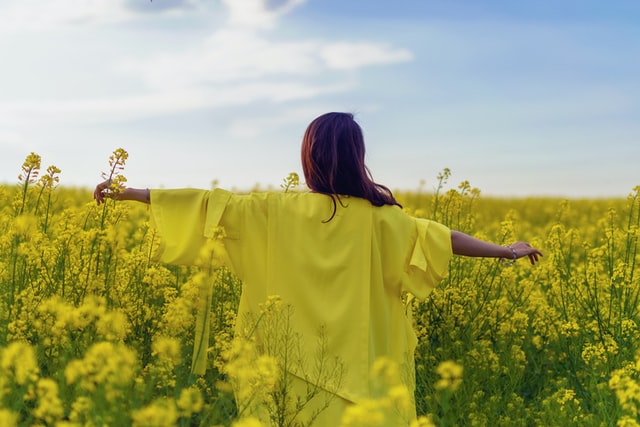Six outdoor portrait tips from six photographers: The Photography Show Q&A
Shoot better people pictures with these top tips from our panel of professional photographers

A panel of six photographers answered your questions about outdoor portraits on the final day of The Photography Show: Spring Shoots. If you photograph outdoor people pictures and are looking for advice – but missed today’s live stream – here are six top tips from our panel of portrait pros.
Of course, there's far more going on than what's on offer here. There's still time to register FREE for The Photography Show and check out the full programme of talks, demonstrations, conferences and the star-studded Super Stage speakers. If you've missed out, you can catch up with plenty of talks on demand.
• Read more: Watch LIVE demos from The Photography Show right here
Angela Nicholson hosted this livestream’s expert panel consisting of Mark Baber, Alexander Crane, Gavin Hoey, Jerry Martin, Chris Ord and Joe Swift.
Six outdoor portrait tips
1. Safety first
Chris Ord: I think first and foremost one of the biggest factors in this is safety. It’s something I try and implore photographers to be careful with. We're carrying around thousands of pounds worth of gear most of the time, even if you’re shooting self-portraits, have someone with you if you can.
2. Don’t discount the superzoom
Get the Digital Camera World Newsletter
The best camera deals, reviews, product advice, and unmissable photography news, direct to your inbox!
Jerry Martin: I used to do wedding photography quite a bit and I tended to use a superzoom, partly because I didn’t have the budget at the time [to buy more lenses] but also because it gave me a range of options. It gives you the flexibility to move a little bit within [different] situations.
3. A single focal length can boost your creativity
Mark Baber: I try to take one lens with me and push myself to be creative with that. So for example, a 35mm f/1.8. It’s very, very small and I don’t need to take a bag [even] if it’s wet – I can probably just put the camera and lens in my coat pocket.
4. 85mm is a good middle ground
Alexander Crane: I love having a lens that’s quite telephoto, so I use the 85mm, because I find it’s very versatile. Outdoors you have the ability to move back, so you don’t have to worry about getting right in someone’s face and I think that makes people more comfortable when you’re shooting them. But the 85mm is wide enough that if you do go back you can get a whole portrait of someone. I’m able to get those wider portraits and the ones that are close up with just one lens.
5. Go wide!
Gavin Hoey: I’ve paid good money or I’ve spent time and effort getting to a location. Why do I want to blur it out? I want to show the location, I want to have it in the frame. I actually love using wider lenses (Micro Four Thirds the Olympus system) the 7-14mm would be the equivalent of a 14-28mm on a full-frame. I love that lens for location portraits. It’s really wide, I can take in all of the location that I’ve paid good money for and create a portrait that’s environmental, that’s actually showing where I am.
6. Know your lights
Joe Swift: I think having the ability to use lights is key really. What happens if you have bad weather or you go recce a location on a Monday morning at 10:30, but you’re not using it until Friday afternoon at 6:30? Being able to pull [lighting equipment] out the bag and be able to make it look like it’s 8:30 in the morning, but it is 6:30 in the evening, you’ve got the capability to do that.
Read more
The best lens for portraits
Watch Tim Flach’s Spring Shoots talk
10 portrait photographers you should follow

Mike is Digital Camera World's How To Editor. He has over a decade of experience, writing for some of the biggest specialist publications including Digital Camera, Digital Photographer and PhotoPlus: The Canon Magazine. Prior to DCW, Mike was Deputy Editor of N-Photo: The Nikon Magazine and Production Editor at Wex Photo Video, where he sharpened his skills in both the stills and videography spheres. While he's an avid motorsport photographer, his skills extend to every genre of photography – making him one of Digital Camera World's top tutors for techniques on cameras, lenses, tripods, filters and other imaging equipment – as well as sharing his expertise on shooting everything from portraits and landscapes to abstracts and architecture to wildlife and, yes, fast things going around race tracks...
